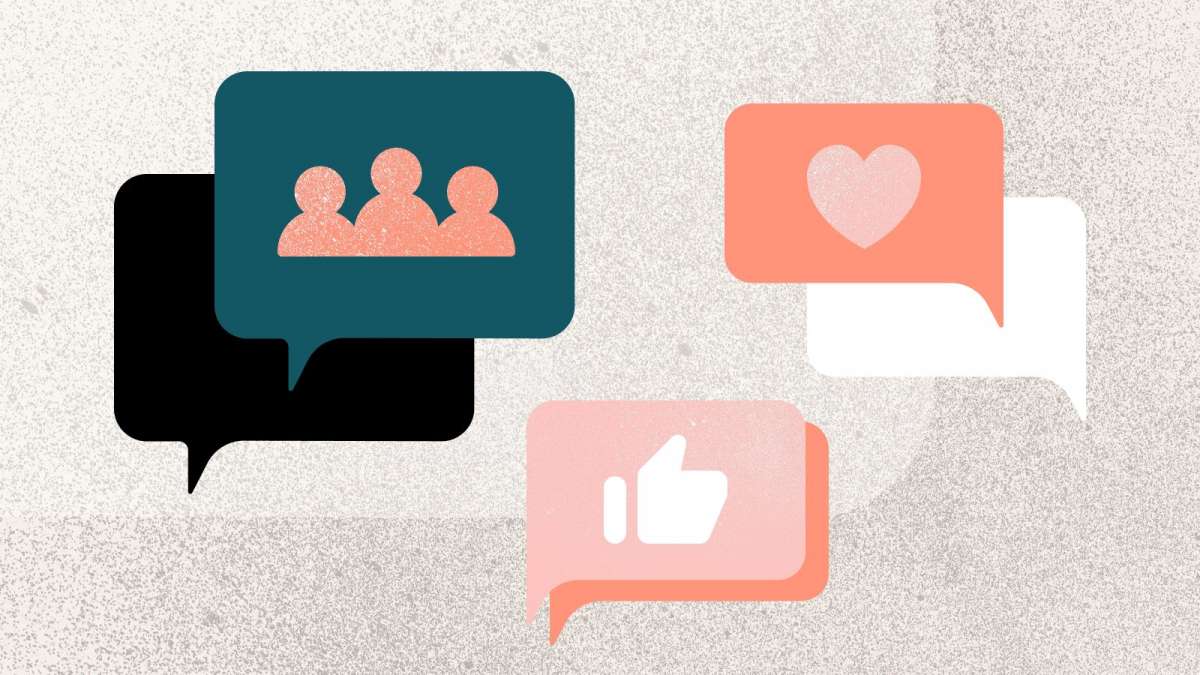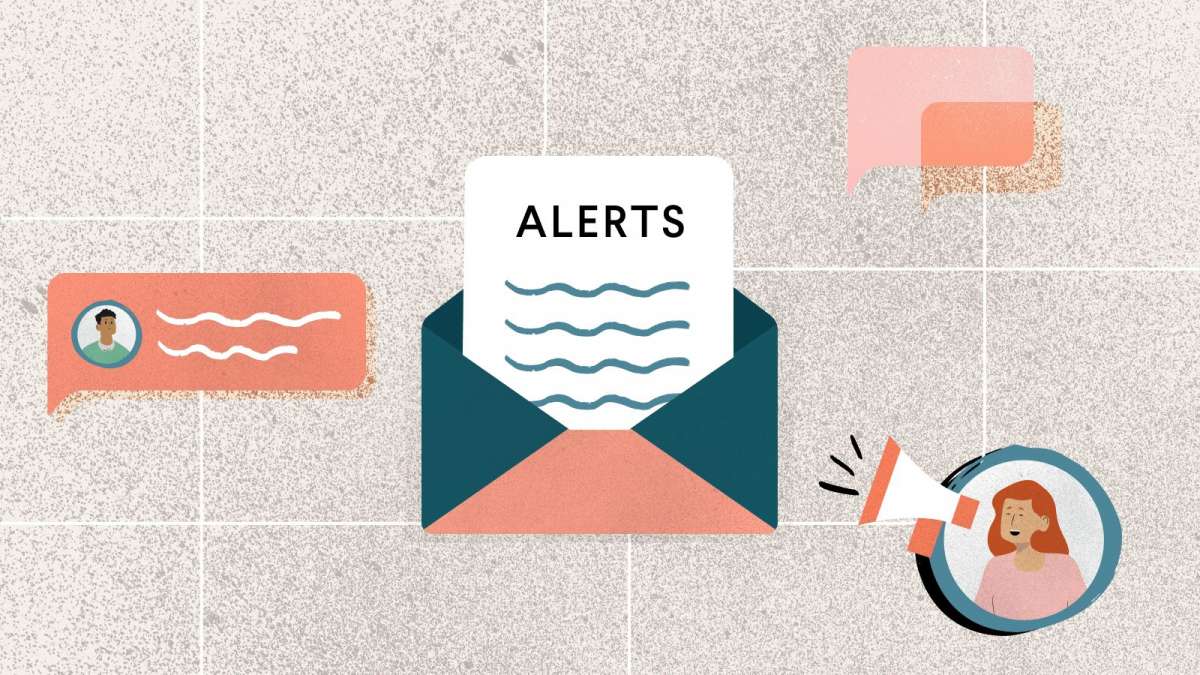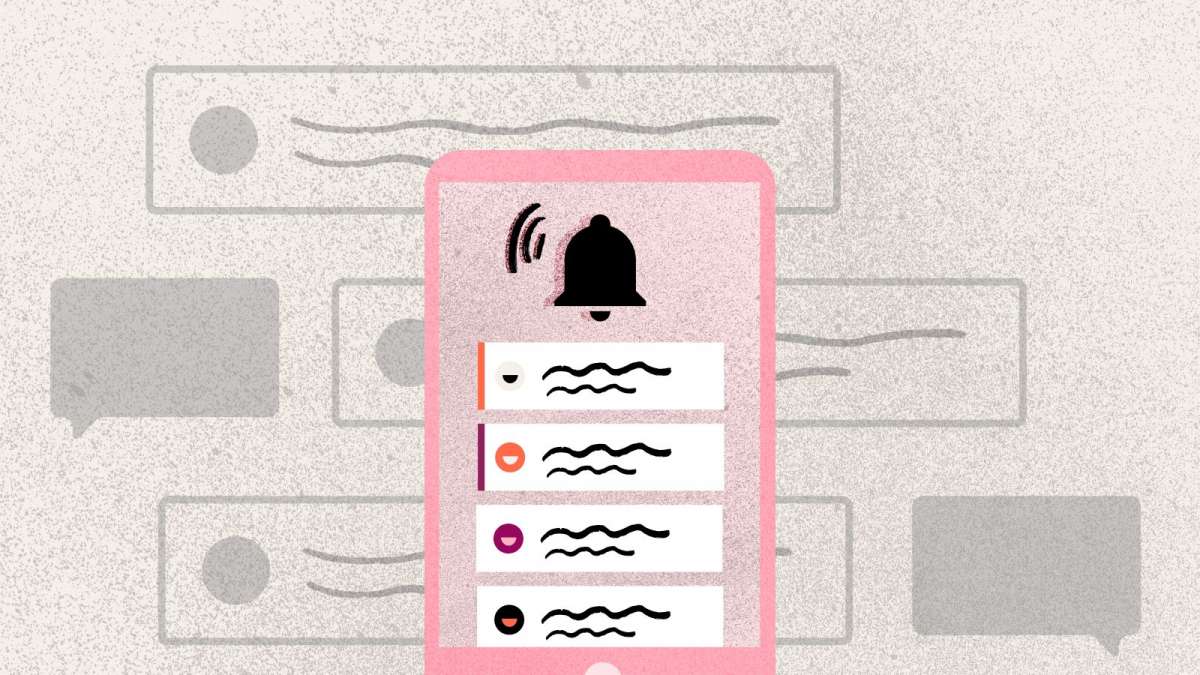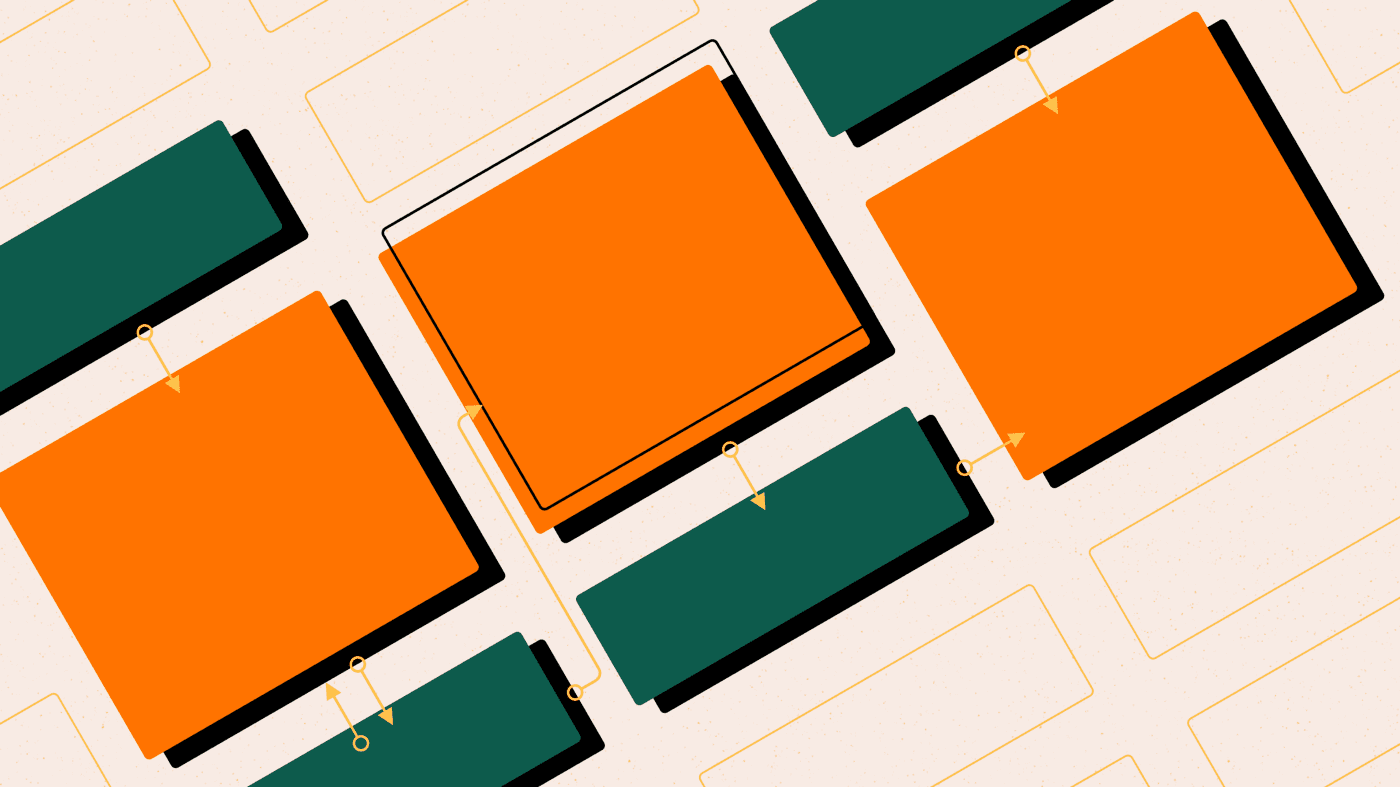Share This Article
With all the methods and reasons for notifying users, it’s easy to make the wrong choice in how you communicate the various bits of information a user may need as a member of your community. You need to consider the technical methods, as well as the timing and priority itself. Letting a user know someone replied to their post or message is relatively low-priority, but there is a certain desire for immediacy so the user knows to come back and continue the discussion.
It gets even more complicated when you consider that a notification for something like downtime for upgrades mean different things to different users and communities: A forum about learning an instrument will do fine with just a basic in-page notice about upcoming downtime, but a forum that also provides high-priority critical service information that businesses rely on may want to also provide notifications through other channels as well.
This complexity is why we’ve crafted this: By understanding the hierarchy of notifications and priorities, you can better communicate with your users. Let’s jump right into it and outline the various priorities and delivery methods of notifications that you need to consider.

Notification priorities
Urgent Notifications
- Definition: Notifications that require immediate attention, often related to critical updates or issues that directly affect the user’s experience.
- Examples:
- Account security alerts (e.g., password change requests, suspicious login attempts).
- System outages or server maintenance.
Emergency community-wide announcements (e.g., safety or policy updates).
- Timing & Delivery Method:
- Must be delivered immediately and clearly, often via multiple channels (email, push notifications, SMS).
- Utilize high-visibility methods to ensure the user sees it right away (e.g., pop-ups, prominent banners).
Medium-Priority Notifications
- Definition: Notifications that are important but not urgent; they can be attended to within a reasonable time frame.
- Examples:
- New messages or replies (in a thread or private messages).
- New follower or friend request.
- Event reminders or upcoming community activities.
- Timing & Delivery Method:
- These can be sent at a more spaced-out schedule, depending on user preferences.
- Delivery via in-app notifications, emails, or push notifications, but with less urgency than urgent notifications.
- Use less intrusive delivery methods, such as banners or dedicated notification spaces.
Low-Priority Notifications
- Definition: Notifications that are generally informational and not time-sensitive, offering details that don’t require immediate action.
- Examples:
- Weekly community newsletter or digest.
- Updates on less critical features (e.g., feature updates or new guidelines).
- General community announcements or promotional content.
- Timing & Delivery Method:
- These can be sent periodically (e.g., weekly or monthly) and typically don’t require instant delivery.
- Typically delivered via email or scheduled notifications, and often with an opt-out option.
- Can be less intrusive, with the option to view or dismiss.

Delivery Methods
- In-Page: Ideal for low or context-specific notifications. Can be tied to specific actions, or just exist in-page to notify users of something to be aware of.
- Pros: High visibility when used appropriately.
- Cons: Visual style dependent on type of notification, can become easily glossed over when overused.
- Push Notifications: Ideal for urgent and medium-priority notifications, as they prompt immediate attention on mobile devices.
- Pros: High visibility, fast delivery.
- Cons: Overuse can lead to user fatigue, particularly for low-priority messages. Not all users enable push notifications.
- Emails: Best for medium to low-priority notifications, though urgent notifications may warrant email as a secondary delivery method.
- Pros: Great for detailed information or when a user needs a more formal notification.
- Cons: May be missed or ignored in a crowded inbox. Delivery method must be considered depending on the type of notification (marketing vs. technical).
- In-App/Site Notifications: Suitable for medium-priority notifications that need to be seen while the user is engaged with the community platform.
- Pros: Contextually relevant, user-focused.
- Cons: Might be ignored if too many notifications are displayed.
- SMS: Reserved for urgent notifications that require immediate user action (especially for time-sensitive issues).
- Pros: Extremely high open rates and visibility.
- Cons: Limited character space and potential for user annoyance if overused. Has additional costs and regulations to consider.
General thoughts on usage of notifications, priorities, and conclusion
When notifying users, it’s about understanding them and aligning their needs with the right communication at the right time. A well-considered hierarchy of notifications ensures that users aren’t overwhelmed with unnecessary alerts while still staying informed about what truly matters to them. Experience matters.
Urgent notifications demand immediate and prominent attention, leveraging multiple delivery channels to ensure the message gets through. Medium-priority messages strike a balance, often engaging users with timely reminders or social interaction cues while respecting their attention. Low-priority notifications, while less immediate, still hold value in building long-term engagement and community connection.
The delivery method should always match the priority of the message. Overusing high-visibility channels like push notifications or SMS for non-urgent matters can quickly lead to fatigue or even disengagement. Likewise, burying a critical security alert in a newsletter will all but guarantee it goes unnoticed.
Ultimately, the key takeaway is this: be intentional. Match the message with its importance, choose delivery methods that align with that importance, and always keep the user experience at the forefront. A thoughtful notification system doesn’t just communicate, it builds trust, encourages return visits, and fosters a more engaged community.


